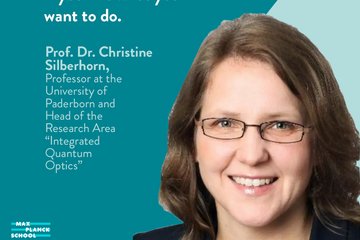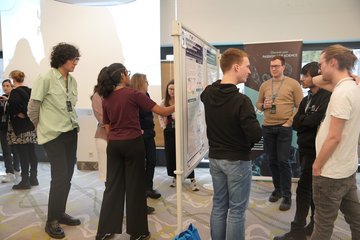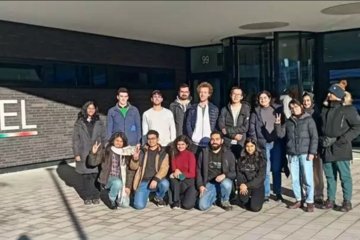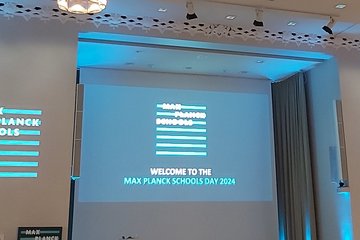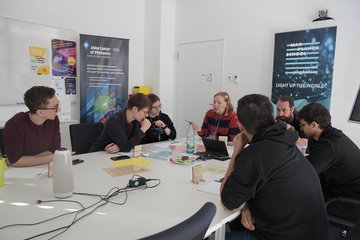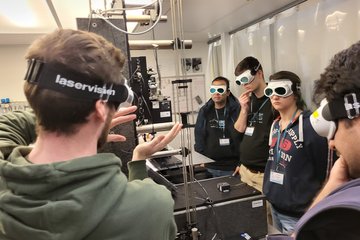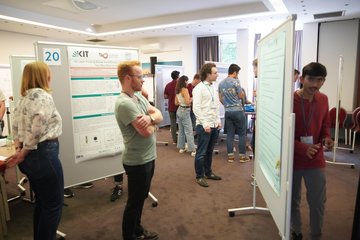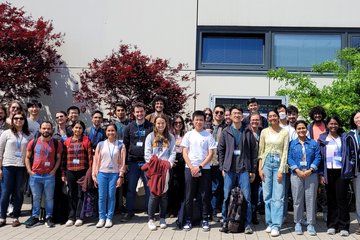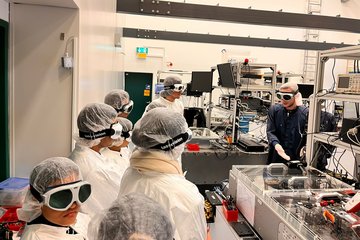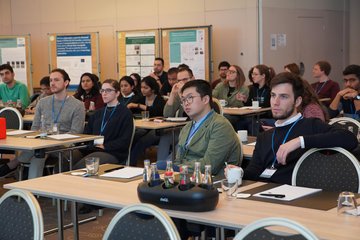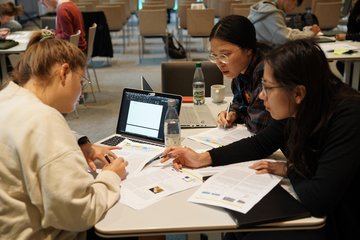MPSP Lecture Series 2025
Firsthand photonics research news - join the free lectures of our Fellows!
The science of light has just as many facets as light itself - from nanophotonics to quantum optics or strongfield physics there are countless interesting fields of research. Our MPSP Fellows, i.e. researchers, are active in many of them. At universities and non-university research institutions, they work to elicit all the secrets of light and to make it usable for mankind in a wide variety of ways.
And now you can get some insights into this research! From October to end of November 2025 we’ll again have an exciting MPSP Lecture Series for you every Wednesday at 5 p.m. CET (= 3 p.m. UTC | 11 a.m. EDT | 8.30 p.m. IST). A MPSP Fellow reports 45 minutes on her/his research. Afterwards, you can ask and discuss questions for 15 minutes.
The lecture series is completely free and takes place virtually via Zoom.
Title: An Invitation to Quantum Entanglement
Abstract: Since Einstein and Schrödinger, entanglement is known as a mysterious phenomenon in quantum mechanics. Roughly speaking, two or more particles are entangled, if they can only be described globally and not by looking at properties of the single systems alone.
This leads to fundamental non-classical effects like the violation of Bell inequalities, but also to new applications in quantum communication or quantum metrology. In this talk I will give a short introduction into the phenomenon of entanglement and its characterization in photonic systems.
more
Title: What are optical metasurfaces and how to make it.
Abstract: The field of optics has undergone significant transformations over the centuries, with lenses remaining one of the most essential components in optical systems. Traditional lenses, which function by refracting light through curved glass or polymer materials, have been crucial for imaging, microscopy, and photonics as a whole. In recent years, advancements in electromagnetic simulations and nanotechnology have facilitated the creation of a new type of optical component—metalenses. In this presentation, we will delve into the details of creating and utilizing these innovative optical components.
more
Title: Quantum Metrology
Abstract: How precise can measurement truly get? Quantum metrology pushes the limits of accuracy by harnessing the strange power of quantum mechanics. We will learn how advances in this field are redefining the limits of measurement and understanding at the quantum scale.
more
Title: Technology and the applications of printable organic and inorganic semiconductors
Abstract: Printable organic and inorganic semiconductors are transforming the way we think about electronics. From flexible displays and wearable devices to next-generation solar cells, these materials make high-performance, lightweight, and adaptable technologies possible.
more
Title: Non-classical frequency combs and spectral processing for quantum networks
Abstract: Imagine a world where light itself carries quantum information across networks. Non-classical frequency combs make this possible, enabling ultra-precise control of quantum signals. In this lecture we will discover how spectral processing is shaping the next generation of quantum communication.
more
Title: Ultrafast Coherent Coupling of Light and Electrons
Abstract: Ultrafast Coherent Coupling of Light and Electrons explores how light and electrons interact on extremely short timescales and at the nanoscale. This field investigates the coherent exchange of energy between photons and electrons, enabling precise control over electron motion and quantum states. Researchers can probe fundamental processes in matter, manipulate electron behavior in real time, and unlock new possibilities for advanced imaging, spectroscopy, and quantum technologies.
more






